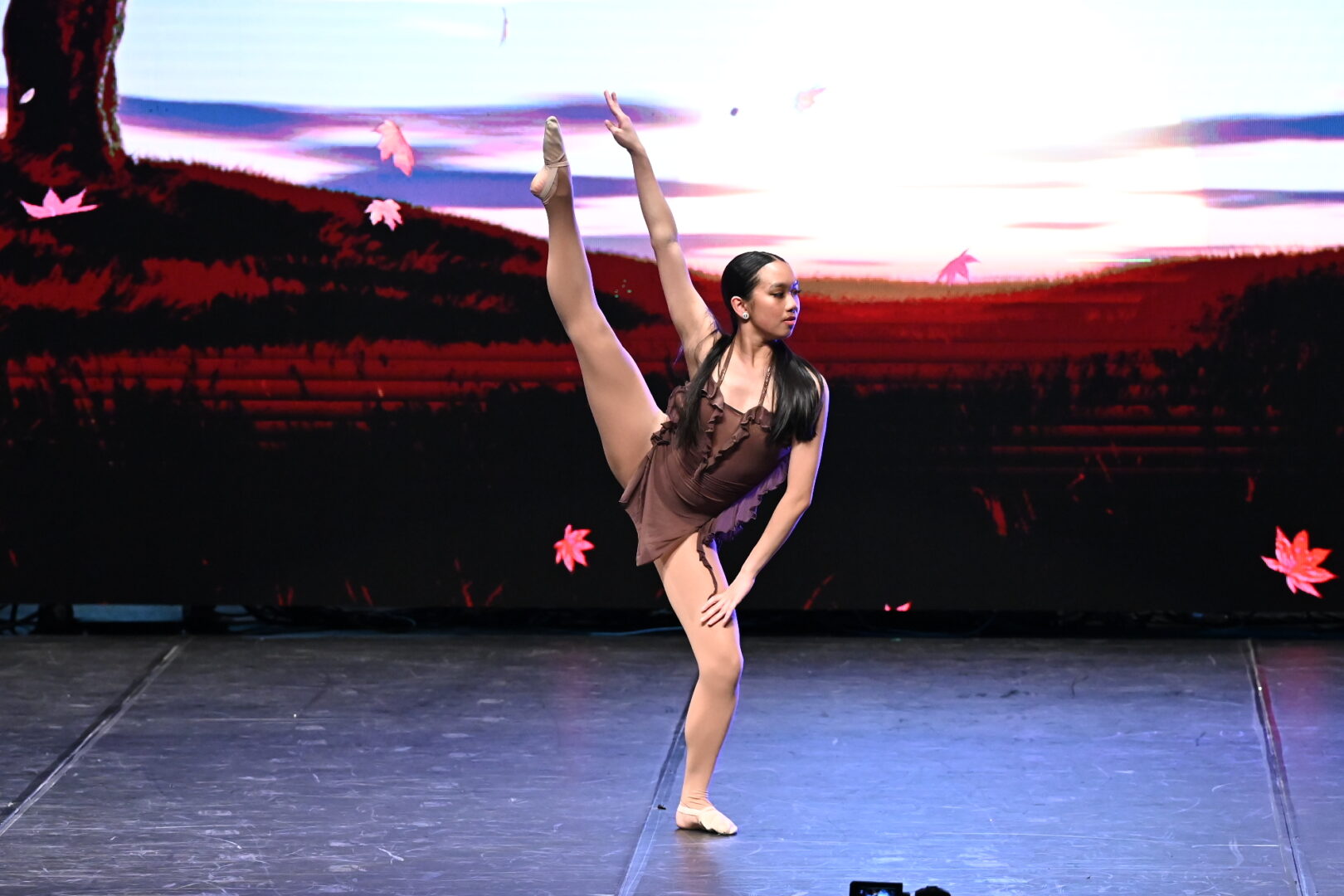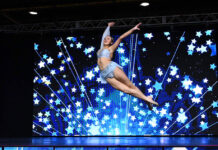
Some dancers are good turners while some are good at tricks. No matter what your speciality is, you are still an amazing dancer. However every dancer has wished they had those picture-perfect extensions and leg holds at least once in their lifetime.
But getting to that point is about more than just being flexible. It is about having the strength, technique, and most importantly, control that all work together. If you are gearing up for competition season or just trying to have better lines during lyrical, improving your legs is all about consistent and smart training.
Warm Up the Right Way
It is never a good idea to do anything flexible before warming up. These kinds of “cold” performances set you up for injury. That means no high kicks or flexibility stretches. Start off slow with some easy cardio (jogging in place, jumping jacks, burpees) for 10 minutes to get your muscles warmed up. Next switch out your static stretches (stretches with no active movement to them) for some dynamic stretches (moving while stretching). Think low leg kicks, hip circles and high knees to get your legs ready to stretch.
Focus on Hip Placement
Believe it or not, your extension begins with your hip, not your foot. A lot of dancers believe that a good turnout will provide better extensions, but it is important to focus on keeping your hips square and to not let your pelvis tip when you begin lifting your leg. It is harder to balance this way, but it will give you a better extension with consistent training. Maybe your leg isn’t going as high as you are used to in with this new technique, but by working on it consistently it is going to improve.
Build Core and Hip Flexor Strength
It takes strength and control to be able to hold your leg up in the air, and that work is done with your core and hip flexors. Try incorporating exercises like leg lifts, hollow body holds, and glute bridges into your workout routines. This kind of strength encourages balance and control for fabulous extensions.
Don’t Forget the Supporting Leg
Your standing leg is super important. It’s what holds you up after all. Make sure your supporting leg stays turned out, straight, and in one place. You don’t want to wobble around. Weak supporting legs lead to injuries! Practice balancing drills such as relevé holds, and once you get that down add some small battements.
Use a Resistance Band
Exercises that mimic leg holds while strengthening your muscles will give you graceful transitions in and out of extensions. Wrap a resistance band around your foot and slowly extend your leg upward, focusing on control both up and down. This is a great exercise that you can easily do at home or in between dance classes.













